

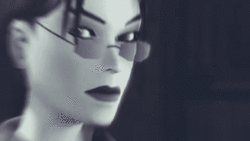
Last year the EEDAR looked at shooters, RPGs, and action games to see how well diversity in gender was in games. Of the 669, fewer than 300 gave the option to play as either male or female lead. Of those, only 24 games had exclusively female protagonists. Here are our picks for the 10 best female protagonists.
There are lots of games that showcase great female characters, but a game that casts the lead role to a woman without objectifying or sexualizing her is rare. These are women who take the mantle up of hero in their game. They aren’t sidekicks, they aren’t non-playable characters you’ll meet part-way through or have a conversation with. These are women you’ll see grow and develop over the course of their games, making them stand out as some of the most memorable and best female protagonists.
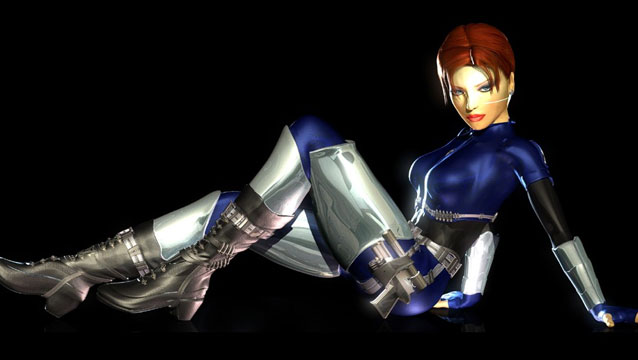
After developer Rare found success with the spectacular 007 GoldenEye for the Nintendo 64, they set about to create their own superspy, this time a woman named Joanna Dark. Born with a spinal injury that left her unable to walk until 5 years old, Joanna grew up with her father who taught her how to fight and use small arms. Ultimately, the Carrington Institute recruited her where her flawless speed and accuracy on every training mission earned her the nickname ‘Perfect.’ Making the player feel powerful is something even the best heroes struggle with, but Joanna Dark does it effortlessly with professionalism and cleverness while always getting the job done.
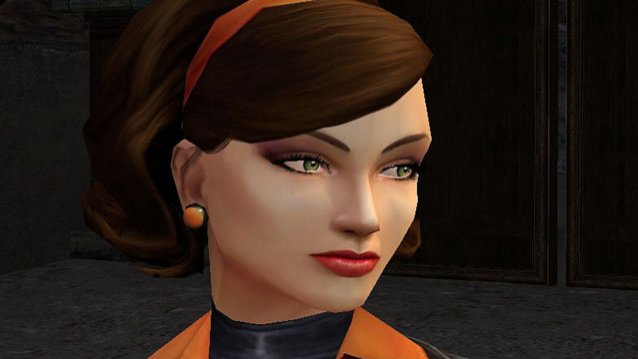
If Joanna Dark is the female equivalent to Peirce Brosnan’s 007 James Bond, then Cate Archer is the same to Sean Connery’s. After the death of her parents and moving from one foster home to another, Cate stumbled into a life of a crime as a cat burglar. It was only after stealing the watch of a UNITY agent were her skills recognized and she was brought into the fold of the anti-terror organization. Cate is fighting not only against the criminal group HARM, but also against the male chauvinism and oppression being a female secret agent brings during the 1960s setting. Despite the doubts her superiors have of sending a woman into the field, Cate repeatedly proves them wrong.
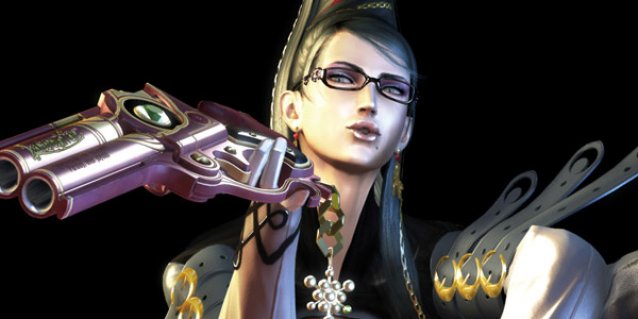
If you asked a room full of women what they thought of Bayonetta, you’d get two answers. Half would sing praises about how she is as strong, confident character who uses everything to her advantage, including her sexuality, to take the sexy video game woman stereotype from object to subject. The other half would pan her as a character meant to titillate through the fantasy of the sexy librarian with impossible body proportions and hair as clothing, leaving her naked anytime she uses it for special attacks. And they both would be right, but it’s despite those downfalls, not because of them, that makes Bayonetta special. She’ll easily take down her enemies, make a small joke about it, and smile while tilting her glasses when she’s all done.

Samus is one of the original female badasses of gaming. Players didn’t know she was a woman until the end of her first game, only if beaten in a certain amount of time, but she’s been protecting the galaxy since. She’s a strong, independent bounty hunter who rarely works with others, with exception. Her powersuit allows her to jump higher than normal in lower gravity, while integrating new weapons she finds along the way, upgrading her arm cannon to be even more powerful. Until her most recent game, she never spoke, leaving much of the interpretation of her character from her movement and actions. The faceplate of her suit left her emotionless as she defeated enemies, giving her a solid look of determination without self-doubt.
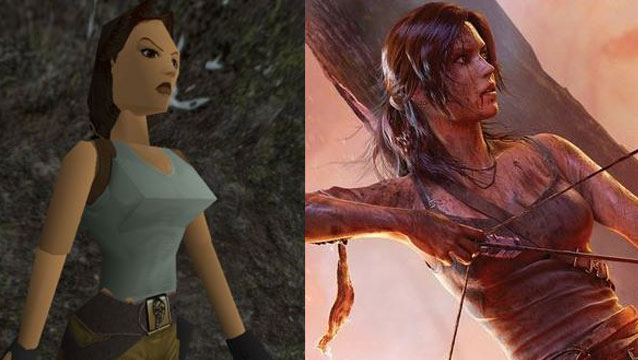
Despite the many attempts to sexualize her through the years, through her trademark tank top and shorts, a slinky black dress, or a legless wet suit, Lara Croft remains one of gaming’s most iconic women. She serves as a badass role model and the reason why many women not only play games today, but also become interested in game development. Initially thought of as a female Indiana Jones, Lara has carved her own look sound through her strength, determination, and refusal to back down from a challenge. Her latest game takes her back to her origins, learning to survive on her own after being shipwrecked on an island, hoping to concentrate on her human elements rather than her almost superhero status in her previous games.
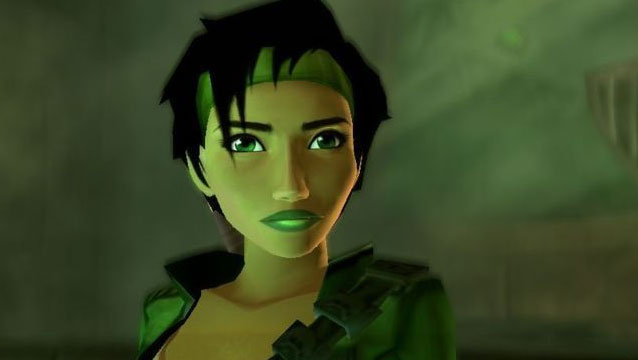
It’s a bit cliché to wear a green jacket, green headband, green lipstick, and be named Jade, but Jade is not your typical clichéd hero. She’s a photojournalist, not a fighter, who uses her camera as her weapon to uncover an alien conspiracy and protect the orphanage she runs. Jade is relatable, intelligent, and charismatic, especially during her dialogue with secondary characters. Though not related to the story, it’s during these conversations and the banter back and forth between her and companion characters when her character develops most, making Jade seem far more human and real than most women in games.

There’s few heroes who are deadlier unarmed than they are armed. Even fewer of these heroes are women, which makes Faith from Mirror’s Edge so special. Faith is part of a rebel force, fighting back against Blues and the City Eye as a runner, a courier who transports information back and forth across the city. Faith is one of the few female characters with a non-sexual design, instead opting for a more athletic look with a tank top, cargo pants, and running shoes. Mirror’s Edge also nails the feel of parkour and free running from the first person perspective, a feat many games still struggle to handle properly five years later.
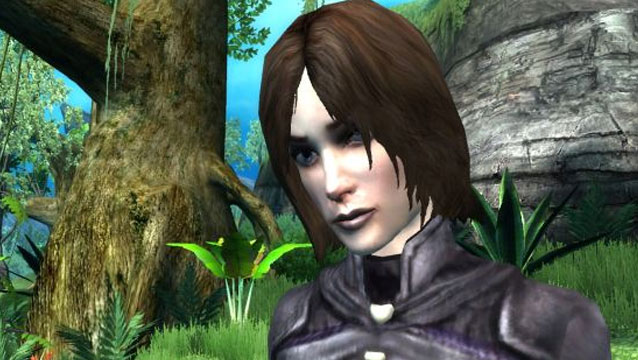
As the daughter of a drunk father, April Ryan left home at 18 for college to study art. She was happy and content, enjoying a normal life of a modern woman until she learned was a Shifter, someone who could travel between her own world of Stark and the more fantasy world of Arcadia. April was designed as a realistic character, smart, funny, and swears when she’s angry. April is unique in that she isn’t looking for adventure, she’s perfectly happy leading with her friends and bright future. However, her travels quickly wear away at her optimism as she experiences betrayal and the deaths of those she cares about.
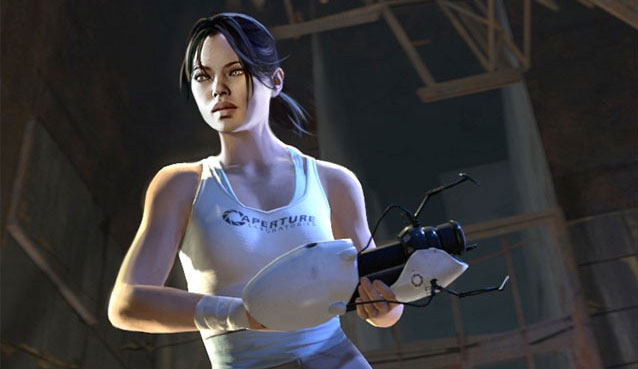
Some could argue Chell is more of a shell than a character; she never speaks or gives any kind of indication of her thoughts or expressions. Technically, you could play through the entire game and not know she was a woman unless you accidently caught a reflection of her through one of the portals. Like Gordon Freeman, Valve designed her to be a blank canvas, a way for players to insert themselves into her shoes and experience the Aperature Science Enrichment Center for themselves. She could just as easily be a man, animal, or potato and it would theoretically play out the same. But that’s also what makes her special: She’s treated as equally as anyone else. She has the same resourcefulness and perseverance anyone else in the role would, without being talked down to, well, except by GLaDOS.
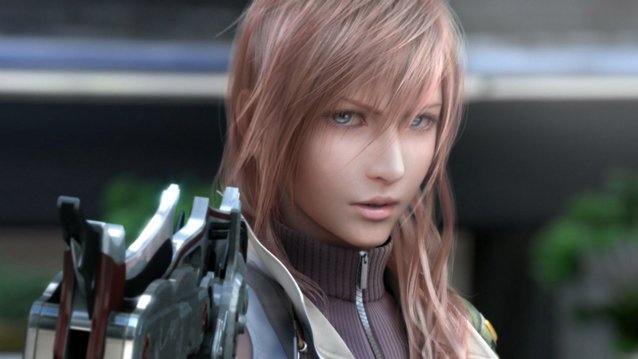
Lightning is a character that had her youth stolen from her. She wanted to grow up with a normal life, but circumstances forced her to take care of her sister Serah by living a life in the military to support her. Lightning resents Serah for that and makes Lightning one of meaner Final Fantasy heroes. She’ll often find ways to ditch the rest of her party any chance she can. In a series known for its outlandish character designs, Lightning is subdued. Her jacket covers most of her, letting a hint of the life she wanted peek through with her long pink hair. Lightning’s lean character design follows through all the way to her combat, as she strikes with grace and speed on each attack, rather than standing still and taking the brunt of hits.
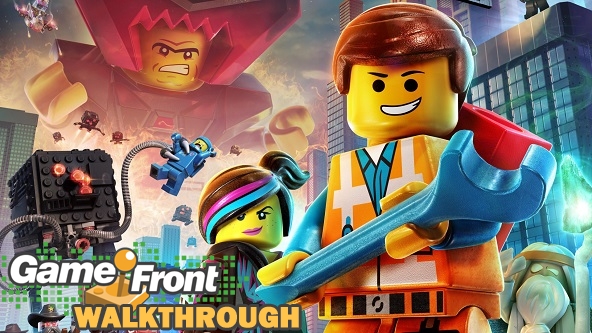

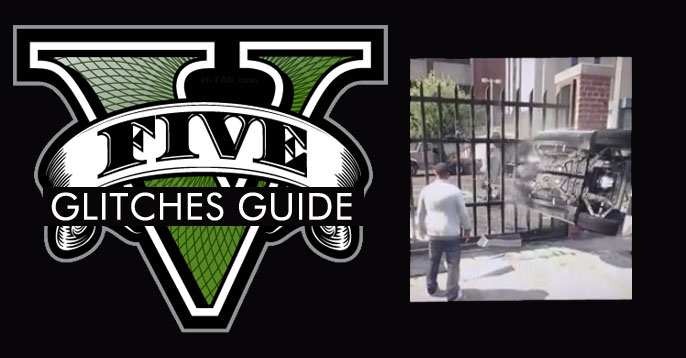

 NBA 2K16: How to Reset Your MyPlayer Character
NBA 2K16: How to Reset Your MyPlayer Character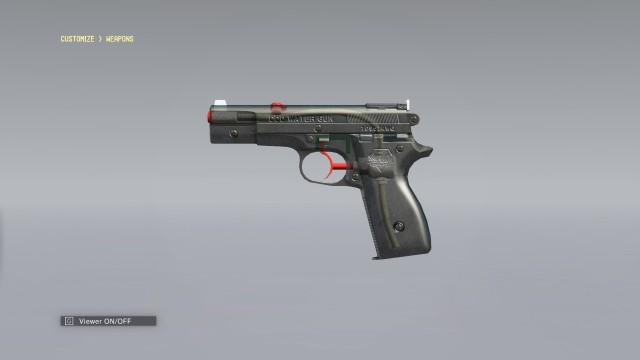 How to locate and use the Water Pistol in MGS V: The Phantom Pain
How to locate and use the Water Pistol in MGS V: The Phantom Pain No Hidden Cost: 7 Free-To-Play Games That Are Actually Free
No Hidden Cost: 7 Free-To-Play Games That Are Actually Free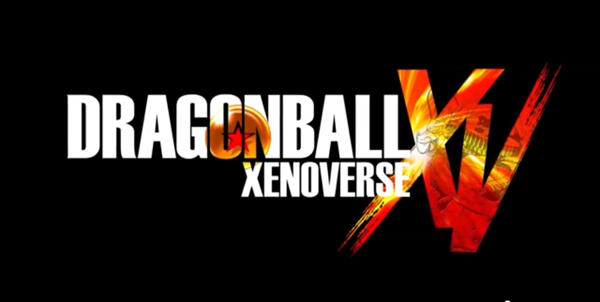 Dragon Ball XenoVerse: How to Fix Graphics issue, Launch Issues, Cell Jr storyline Bug, Resolution issue and more
Dragon Ball XenoVerse: How to Fix Graphics issue, Launch Issues, Cell Jr storyline Bug, Resolution issue and more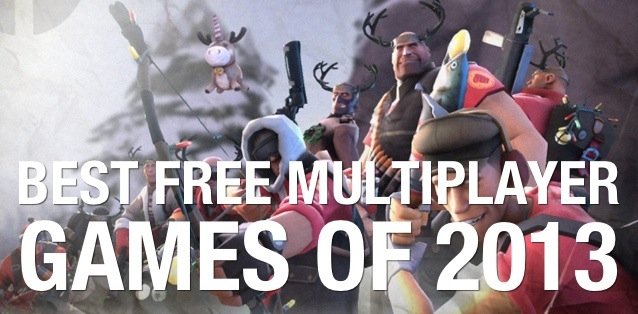 Best Free Multiplayer Games of 2013
Best Free Multiplayer Games of 2013